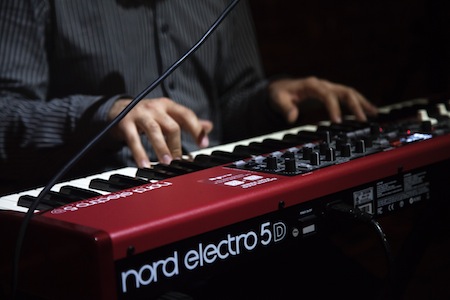

Setting a record for the longest time playing a keyboard means keeping at it continually, while an unbroken stretch of straight road is continuous.
Continual and continuous: these words look almost the same, surely they mean pretty much the same thing? Well, not quite.
Continuous is the word that means what you think you think it means: unbroken, not stopping – a bit like the Eyre Highway in South Australia that is Australia’s (and one of the world’s) longest straight roads: 146.6 km of completely straight road, without a break.
Continual, on the other hand, is not quite continuous. While it means mostly without a break, there may be a slight break even now and again. It’s a bit like setting one of those endurance world records. If you want to break Mrityunjay Sharma’s record for playing a keyboard or piano (127 hours 8 minutes and 38 seconds), you are allowed a 15-minute break every 8 hours, and up to 30 seconds between songs (which have to last for at least 2 minutes incidentally, and not be repeated more than a certain amount). But that’s not quite the same as continuous; it is in fact continual, and the good folk at the Guinness Book of Records should probably change their terminology (although they tend to sidestep the problem by saying ‘longest time’).
Is there an easy way to remember which is which? The best I can offer you is that continuous ends in –us for un-stopping, whereas continual ends in –al, because you are allowed a break.
Continuous is also the only word of the two that should be used for things that continue on in space (or in our physical world) – and space starts with s while continuous ends in s.
